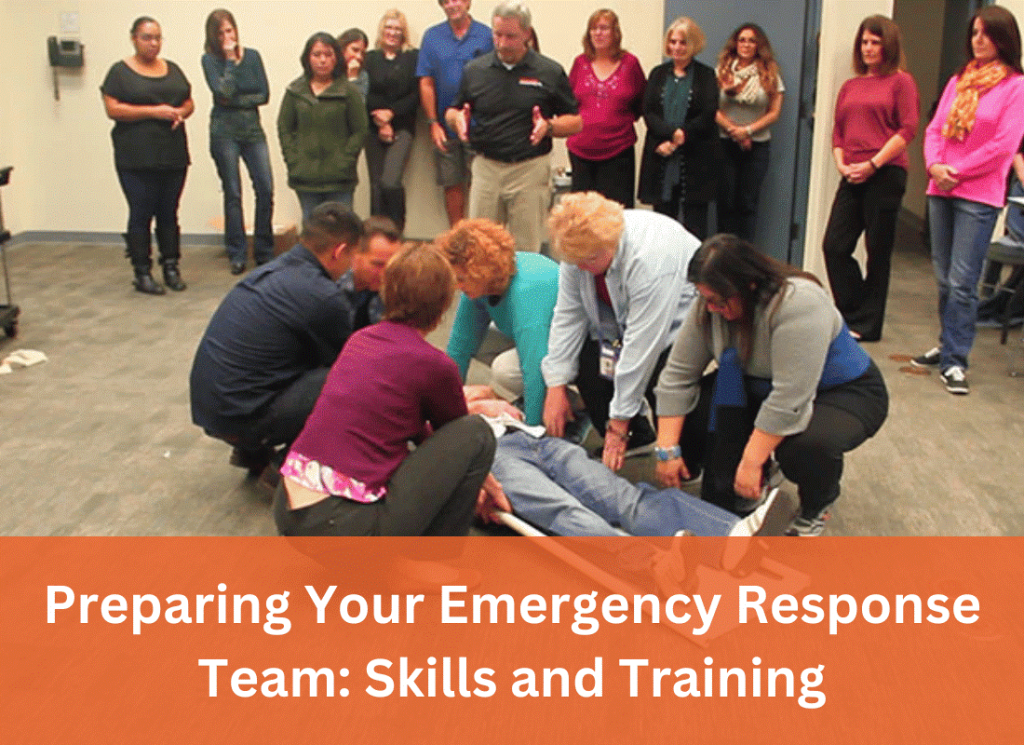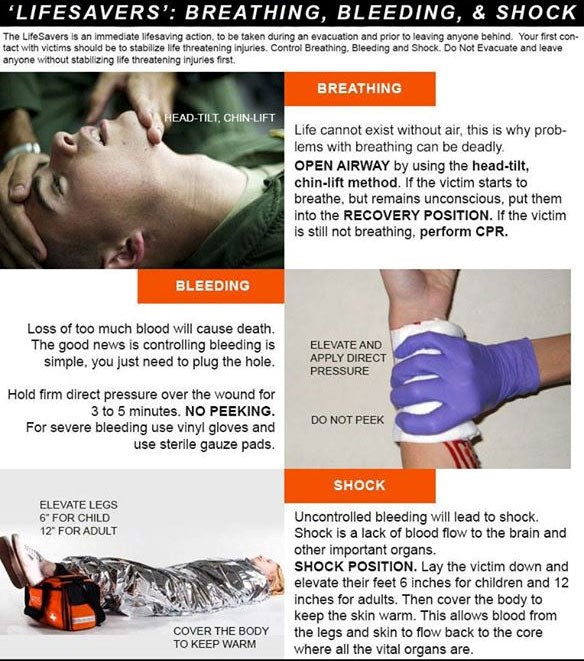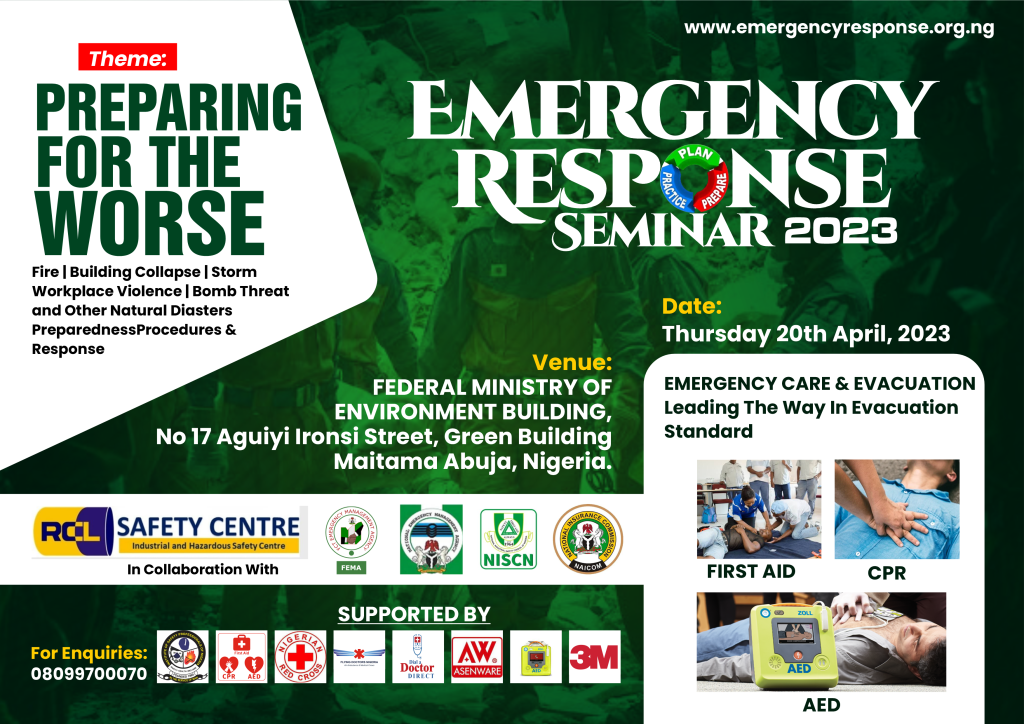
Preparing Your Emergency Response Team: Skills and Training

Emergencies and disasters can lead to panic. Panic induces chaos, and chaos results in increased injuries from falling debris or stampedes. In such a situation, if your staffs are unprepared, panic can escalate quickly, leading to a worsening situation with no guidance for everyone, and hence more difficulties to overcome.
Our solution is simple: Train your staff
Panic primarily arises from not knowing what to do during a crisis. So, training your staff in specific actions for an earthquake not only simplifies their role, but also streamlines the response operation, making it significantly smoother.
For Earthquakes Practice Drop, Cover and Hold on
The Drop, Cover, and Hold on position can be a calm and safe harbor amidst the storm. This position not only shields you from falling debris but also allows you to think clearly about your next steps.
Know the LifeSavers
Now, let’s talk about ‘LifeSavers’, the three vital skills all of your Emergency Response Team Members and staff must master:
Handling Breathing Issues
Managing Severe Bleeding
Controlling Shock
LifeSavers are techniques designed to address these life-threatening conditions, potentially delaying the onset of shock. Irrespective of your role, it is crucial to implement these LifeSavers before leaving any individual behind or transferring them to a first aid area. We’ve prepared an informative infographic on how to execute the LifeSavers below. We also offer a free video training available here to help you grasp these skills.

Consider these real-world emergency examples to understand the practical application of LifeSavers:
Essential Supplies for LifeSavers? For breathing control, placing the victim in the recovery position doesn’t require supplies. Bleeding control necessitates trauma dressings for wound coverage and triangular bandages for hands-free bleeding control, along with protective gloves. For shock control, placing the victim in the shock position and keeping them warm with a thermal blanket is beneficial. Learn more about the LifeSaver Pack here.
After setting up your emergency response team, it’s time to empower them with the skills and confidence to fulfill their roles.
Light Urban Search & Rescue Training for School: The on-site Search & Rescue team members need proficiency in search techniques, forcible entry skills, proper methods for removal of trapped and non-trapped victims, and using various lifts and carries.
Triage Training: During a large-scale disaster, the overwhelming number of injured victims requires a system to prioritize treatment – this is where Triage comes in.
Disaster First Aid Training differs from basic 9-1-1 first aid training. Expecting large numbers of victims, this training imparts techniques to manage many victims with limited staff and resources. There is a correct and a wrong way to set-up a first aid area.
Fire/Utility Control is an important task. Your utility team needs to know the utility meters’ location and how to shut them off, preventing further damage. Fire control is a hazardous task, requiring trained staff. Our training covers fire behavior basics, fire types, and extinguishment.
Remember, preparedness is the key to ensuring safety during emergencies. Stay safe, stay ready!
RCL Safety Centre is dedicated to Industrial and Hazardous Safety Training and Services to the Manufacturing, Petrochemical, Oil and Gas, Marine Industries and Construction Industries

